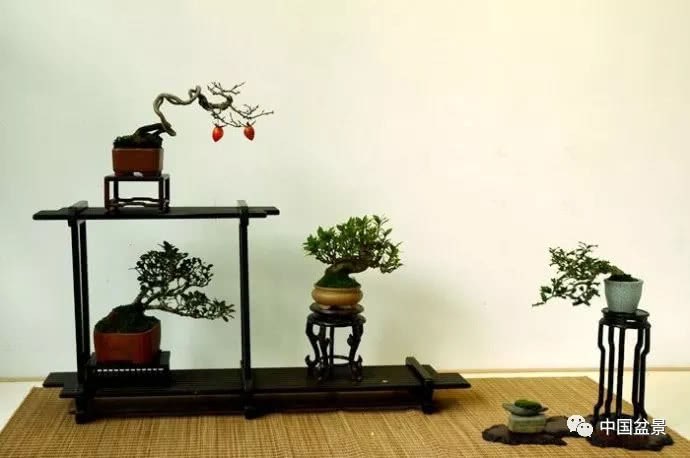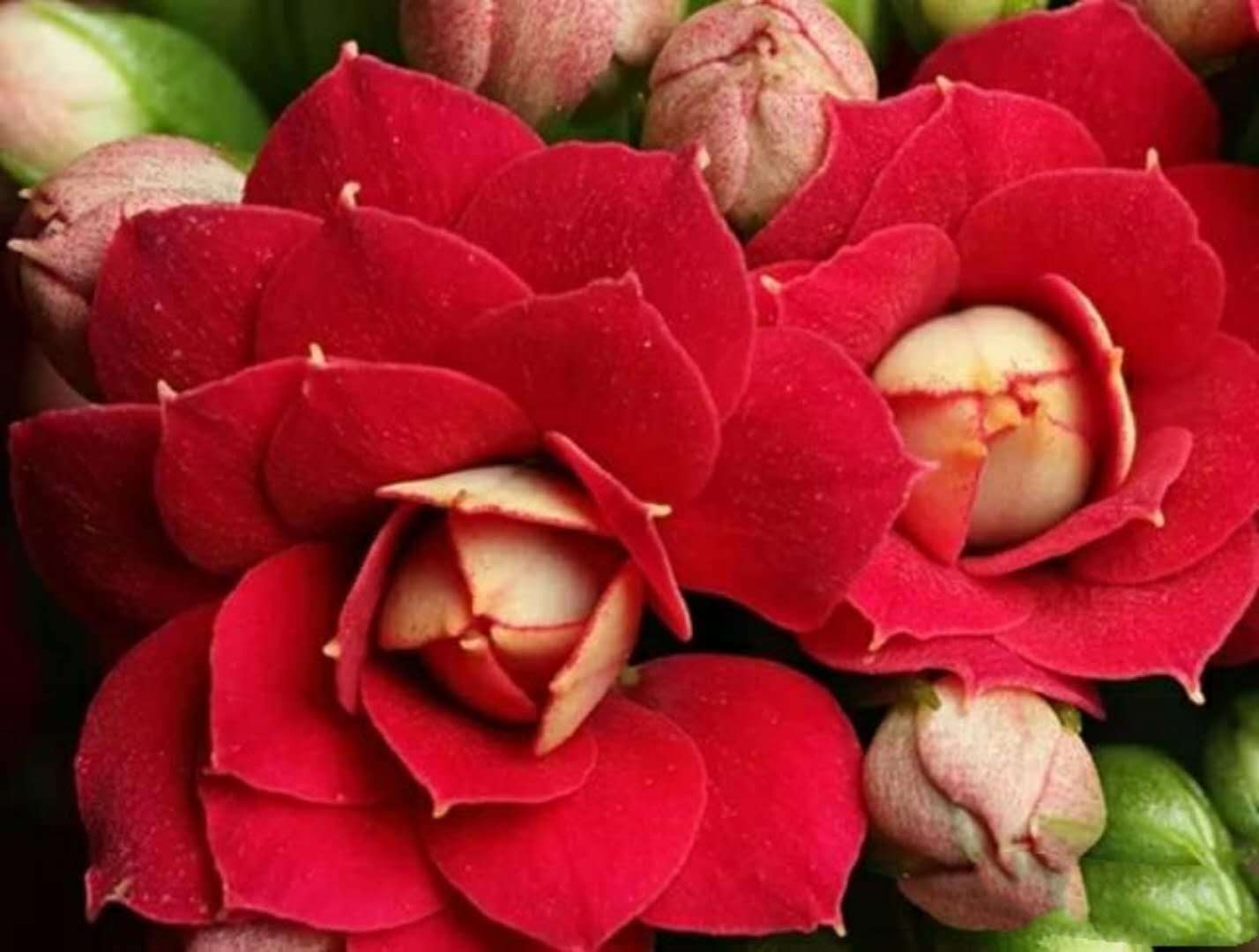9 Hand-scrolls representing the highest achievements of Chinese calligraphy

"flat reply", tooth color linen paper ink, 9 lines 84 words. "Ping Fu tie", written in the Western Jin Dynasty, is not only the earliest famous legal post in the age of handed down, but also the first orderly ink in history. It is known as "the ancestor of Dharma Post". Was appraised as "the treasure of the town and the country". The author writes on the linen paper with a bald pen and a light green ink. The meaning of the pen is gentle, the style is plain and simple, and its font is Caoli script. Lu Ji (261-303), the word Shiheng, was a great writer in Suzhou in the Western Jin Dynasty.
Wang Xizhi's Preface to Orchid Pavilion
(it is called the first line book in the world)
Wang Xizhi, a famous calligrapher in the Eastern Jin Dynasty, and all the literati friends in the Yin Orchid Pavilion in Huaiji Mountain, they all wrote poems and gathered poems into the "Orchid Pavilion Collection". The original is still missing.
The manuscript of Yan Zhenqing's sacrifice to his nephew
(known as the second line of books in the world)
The manuscripts for offering sacrifices to nephews, the Preface to Lanting and the Post on Cold Food in Huangzhou are also known as "the three greatest calligraphy in the world." the full name is "offering sacrifices to nephews as gifts to Dr. Ji Mingwen". It is a calligraphy work created by Yan Zhenqing, a calligrapher of the Tang Dynasty, in the first year of Tang Qian's first year (758 years), and is now collected at the Palace Museum in Taipei.
Su Shi's Poems of Huangzhou
(known as the third line of books in the world)
"Cold Food Post" is also known as "Huangzhou Cold Food Poetry Post" or "Huangzhou Cold Food Post". Su Shi wrote poems and books, ink pad, 34.2 cm horizontal, 18.9 cm vertical, 17 lines and 129 words, now in the Palace Museum in Taipei, when Su Shi was demoted to the third year of the Cold Food Festival in Huangzhou because of the largest literary prison in the Song Dynasty.
Four pieces of Zhang Xu's Ancient Poems
(represents the highest achievement of Crazy Grass)
"four Ancient Poems" ink version, five-color paper, crazy cursive, a total of 40 lines, 188 words. Pass on Zhang Xushu in the Tang Dynasty. The whole stroke is plump and there is absolutely no delicate and slippery pen. The writing is full of ups and downs, dynamic and static, and the paper is full of clouds and smoke, which is actually the peak of cursive script. There are Mingfengfang and Dong Qichang inscriptions and postscripts at the end.
Huang Tingjian Songfeng Pavilion
An ideal realm of Chinese classical calligraphy, which combines rigidity with softness, softness on the outside and rigidity on the inside.
Song Renshu Shang Yi, the so-called "Song people Shangyi", that is, on the basis of law, various schools in the Song Dynasty made their own innovations and emphasized the free expression of artistic personality. Huang Tingjian is one of the * creative calligraphers. His cursive calligraphy is unique and has a far-reaching impact on later generations.
Huang Tingjian (1045-1105) was born in the fifth year of Zong Qingli. Poet and calligrapher of the Northern Song Dynasty. Yingzongzhiping four years (1067) Jinshi. Shenzong Xining three years (1070), Wang Anshi as prime minister, the implementation of the new law was strongly opposed by conservatives led by Sima Guang. Later, the struggle between the old and new parties intensified and lasted until the demise of the Northern Song Dynasty. In this struggle, Huang Tingjian stood on the side of the old party. Although he did not take an active part in this struggle, his life has been caught in the whirlpool of struggle.
Miao Tiaoxi Poems
The calligraphy works created by the Northern Song Dynasty calligrapher Mi Yu Yu Yuanyou (1088). It is now collected in the Palace Museum in Beijing.
The change in the thickness of the strokes constitutes the beauty of Mi Fu's style, so there is a new method for every word. Although the strokes are the same, but when it comes to Mi Fu's strokes, the same word has extraordinary beauty. The construction of the whole piece and the arrangement of the layout are all amazing. It can be seen that the literati are independent in heart and take elegance as their duty. The Poems of Mi Xi is a middle-aged work of Miao. The book was written in Yuanyou three years (1088), when he was 38 years old. At that time, he was traveling to Suzhou and Wuxi. This volume was written before he set out to visit Wuxi. Although middle age has arrived, there is no lack of naive spirit in the words, focusing on the whole article with the beauty in the chest, and the whole style of writing is amazing.
Zhao Mengfu's former Chibi Fu
It is a calligraphy work created by Zhao Mengfu, a scholar of the Yuan Dynasty, in 1301. Fu of Chibi before and after is a famous piece of writing in the period when Su Shi was demoted to Huangzhou. The Fu of Chibi before and after written by Zhao Mengfu is a long volume with a skillful and exquisite pen. In the style of writing straight to the right army, to fluent and healthy, warm and condensed lines, show inside just. The branch of the post is white, sparse and leisurely, with a pen that is round and elegant, beautiful, elegant and elegant, making it the charm of the Wei and Jin dynasties.
Chibi Fu after Zhao Mengfu
Mimi Shu Su paste
Shu Su tie, the work of Mi Fu, a famous calligrapher and collector in the Northern Song Dynasty, is now hidden in the Palace Museum in Taiwan. Shusu is a fine silk fabric made in Sichuan in the Northern Song Dynasty, with black silk columns on it. Because the lines are rougher than paper, they are difficult to write, and they do not eat ink or wash ink, and non-skilled calligraphers do not dare to paint on them.
The Shu Su used in this volume is a very precious silk, which was made in Sichuan during Shenzongqing. The characters of Mi Fu were most deeply influenced by Wang Xianzhi, and there was a kind of handsome and relaxed spirit. In the four great families of the Northern Song Dynasty, the writing style and speed of rice characters were the most flexible and varied. Although this volume is in the column of the black silk boundary, it is written wantonly and vividly, and is not restricted by the format at all. Shu Sutie was collected by famous collectors such as Xiang Yuanfu, Dong Qichang and Wu Ting in the Ming Dynasty. It fell into the hands of Gao Shiqi, Wang Hongxu and Fu Heng in the Qing Dynasty, and later entered the inner mansion of the Qing Dynasty, and the existing Palace Museum in Taiwan
Wonderful playback:
Welcome to Chinese bonsai!
Bonsai exhibition hall that can be enjoyed at any time
Carry forward bonsai culture and exchange bonsai skills!
Enjoy bonsai art and share a happy life!
- Prev

Enjoy the miniature bonsai and be grateful to everyone in your life
[bonsai people's perception] Wen | Xiamen, Fujian @ Zhou Yingzhi will get as much as he puts down. Willing to give up, give up is to get, to give up is to give up. If you get something, you must give up something. Willing to be like the black in the Taiji picture.
- Next

Longevity flowers are skillfully maintained in autumn and blossoms in October.
Some time ago, I sent you a video about longevity flowers. after watching the video, many flower friends asked how to fertilize longevity flowers. Cheng Cheng tells you: from now on, longevity flowers have entered a period of relatively fast growth.
Related
- Wuhan Hospital Iron Tree Blooming Result Was Instantly Frightened by the Gardener Master
- Which variety of camellia is the most fragrant and best? Which one do you like best?
- What is the small blue coat, the breeding methods and matters needing attention of the succulent plant
- Dormancy time and maintenance management of succulent plants during dormancy
- Minas succulent how to raise, Minas succulent plant pictures
- What are the varieties of winter succulent plants
- How to raise succulent plants in twelve rolls? let's take a look at some experience of breeding twelve rolls.
- Attention should be paid to water control for succulent plants during dormant period (winter and summer)
- Watering experience of twelve rolls of succulent plants
- Techniques for fertilizing succulent plants. An article will let you know how to fertilize succulent plants.

